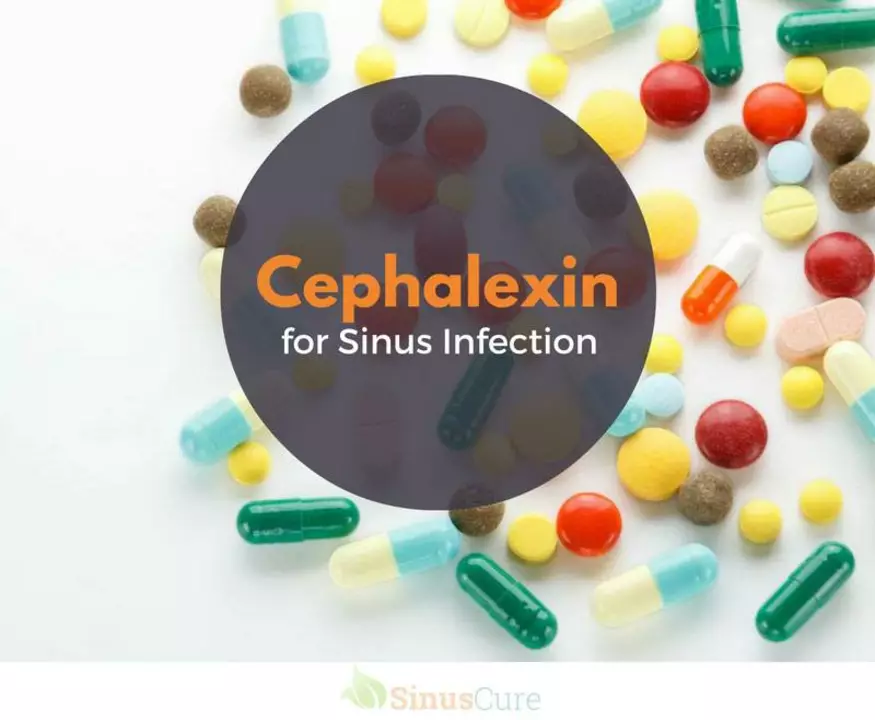Cephalexin is a common oral antibiotic doctors prescribe for skin infections, ear infections, urinary tract infections, and some throat infections. It’s a first‑generation cephalosporin — that means it kills certain bacteria by stopping their cell walls from forming. Simple as that, but how you use it matters.
Follow your prescriber’s directions. Typical adult doses are 250–500 mg every 6–12 hours depending on the infection, and treatment usually lasts 5–14 days. For kids, doctors dose by weight — don’t guess. Take pills with or without food. Finish the full course even if you feel better early; stopping too soon can let bacteria come back stronger.
If you have reduced kidney function your doctor may lower the dose or stretch the time between doses. Tell your doctor about other drugs you take — for example, probenecid can raise cephalexin levels. Also mention any penicillin allergy; cross‑reactivity is uncommon but possible, so your doctor will want to check.
Most people handle cephalexin fine. Common side effects are stomach upset, diarrhea, and mild rash. If you get severe diarrhea, bloody stools, high fever, or persistent belly pain, call your doctor — those can be signs of C. difficile, a serious gut infection tied to antibiotics.
Watch for allergic reactions: hives, swelling of face or throat, trouble breathing. If any of those appear, seek emergency care. Also let your doctor know if you develop a new yeast infection or unusually yellow skin/eyes or dark urine; both need prompt attention.
Two quick safety points: don’t use cephalexin for viral illnesses like colds or the flu, and avoid sharing antibiotics. Using them when not needed fuels resistance and makes future infections harder to treat.
If you’re on blood thinners like warfarin, your provider may monitor your INR more closely. Cephalexin doesn’t usually affect birth control, but if you’re concerned, use a backup method while taking antibiotics and for a short time after.
Thinking of buying cephalexin online? You should have a valid prescription. Choose a licensed pharmacy with clear contact info and real reviews. Avoid sites that sell prescription drugs without asking for a prescription or offer suspiciously low prices. Check packaging and expiry dates when the medicine arrives.
Got questions while taking it? Call your prescribing clinician or a pharmacist. They can confirm dose, check interactions with other meds, and tell you what to watch for. Use antibiotics wisely — they work well when used correctly.

As a blogger, I recently came across an interesting topic regarding the use of Cephalexin for preoperative prophylaxis. It's amazing to learn that this antibiotic can significantly reduce the risk of infection during surgery. By taking Cephalexin before a procedure, patients can prevent potential complications and ensure a smoother recovery. This is definitely an important measure to consider for those undergoing surgery. I'm glad to have discovered this valuable information and will continue to share such useful findings with my readers.
In a recent blog post, I discussed the link between high eye pressure and glaucoma, a potentially blinding eye disease. I learned that high eye pressure, also known as ocular hypertension, can damage the optic nerve and lead to glaucoma. It's important to have regular eye exams to detect any changes in eye pressure early on. While not everyone with high eye pressure will develop glaucoma, it is still a significant risk factor. Therefore, it's essential to be proactive in managing eye pressure and maintaining overall eye health.
Discover how magnesium, valerian root, and CBD may help relax muscles, relieve spasms, and support your back pain regimen alongside methocarbamol.
The FDA uses therapeutic equivalence codes to determine which generic drugs can safely replace brand-name medications. Learn how A and B codes work, why some generics aren't interchangeable, and how pharmacists use the Orange Book to ensure safe substitutions.
Learn the safe dosage, side effects, and dangerous drug interactions of Viagra Oral Jelly and sildenafil. Understand when it works, who should avoid it, and how to get it legally.
Mamagra Gold is an accessible option for those seeking assistance with erectile dysfunction. This article explores its medical effects, possible side effects, and drug interactions. It offers advice on dosage, usage, and addresses common concerns regarding this popular medication. Read on to learn how Mamagra Gold can fit into your healthcare regimen with the proper precautions.